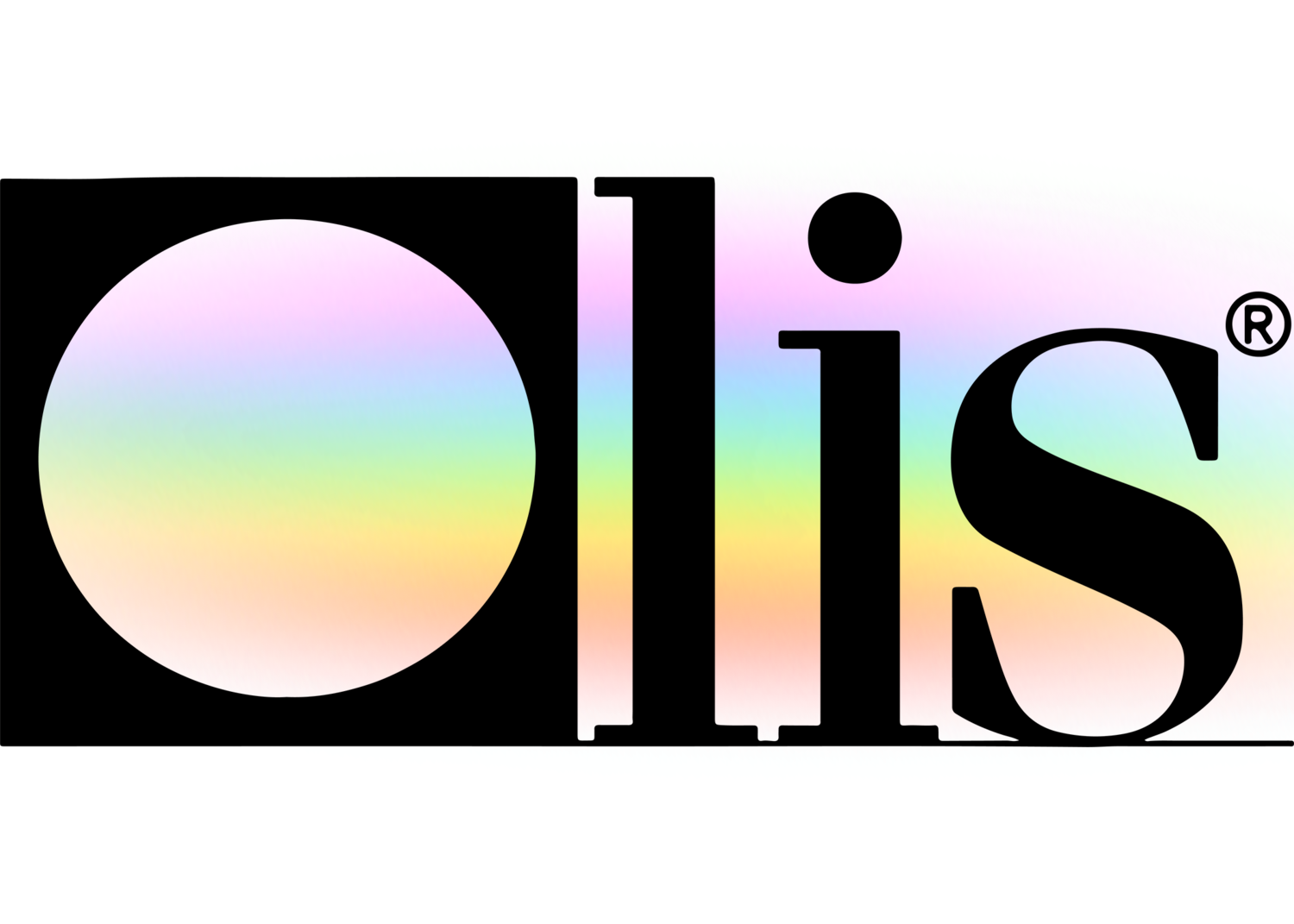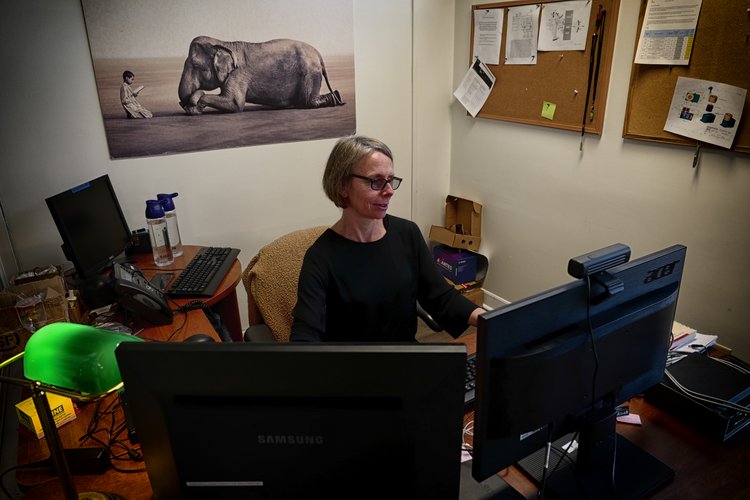Unknown Facts About Circular Dichroism
Unknown Facts About Circular Dichroism
Blog Article
Not known Details About Circularly Polarized Luminescence
Table of ContentsUnknown Facts About SpectrophotometersRumored Buzz on Uv/visFascination About Circular DichroismThe Facts About Circularly Polarized Luminescence RevealedSome Of Uv/visSome Of Circularly Polarized LuminescenceThe Greatest Guide To Uv/visTop Guidelines Of Circularly Polarized LuminescenceSome Ideas on Uv/vis/nir You Need To KnowThings about Uv/vis/nirAll about Circular DichroismUnknown Facts About SpectrophotometersThe Facts About Uv/vis Revealed
It is then scanned through the sample and the reference options. Portions of the occurrence wavelengths are sent through, or reflected from, the sample and the reference. Electronic circuits transform the relative currents into direct transmission portions and/or absorbance/concentration worths.The transmission of a recommendation substance is set as a standard (datum) value, so the transmission of all other substances are tape-recorded relative to the preliminary "zeroed" compound. The spectrophotometer then transforms the transmission ratio into 'absorbency', the concentration of specific components of the test sample relative to the initial compound.
Because samples in these applications are not easily available in big quantities, they are particularly fit to being analyzed in this non-destructive method. In addition, valuable sample can be conserved by using a micro-volume platform where as low as 1u, L of sample is needed for total analyses. A brief description of the procedure of spectrophotometry consists of comparing the absorbency of a blank sample that does not include a colored compound to a sample that consists of a colored substance.
Some Known Questions About Circularly Polarized Luminescence.
In biochemical experiments, a chemical and/or physical home is chosen and the procedure that is utilized specifies to that home in order to obtain more information about the sample, such as the quantity, purity, enzyme activity, etc. Spectrophotometry can be utilized for a number of strategies such as determining optimal wavelength absorbance of samples, identifying ideal p, H for absorbance of samples, identifying concentrations of unknown samples, and determining the p, Ka of various samples.: 21119 Spectrophotometry is likewise a practical process for protein filtration and can also be used as a method to produce optical assays of a substance.
It is possible to know the concentrations of a two component mixture utilizing the absorption spectra of the basic options of each element. To do this, it is essential to understand the extinction coefficient of this mixture at two wave lengths and the termination coefficients of solutions that include the recognized weights of the two elements.

Excitement About Uv/vis/nir
Area. The concentration of a protein can be approximated by determining the OD at 280 nm due to the presence of tryptophan, tyrosine and phenylalanine.
Nucleic acid contamination can also interfere. This method requires a spectrophotometer efficient in determining in the UV area with quartz cuvettes.: 135 Ultraviolet-visible (UV-vis) spectroscopy involves energy levels that excite electronic shifts. Absorption of UV-vis light thrills molecules that are in ground-states to their excited-states. Visible area 400700 nm spectrophotometry is utilized extensively in colorimetry science.
These curves can be utilized to test a new batch of colorant to examine if it makes a match to specs, e
Traditional visible conventional spectrophotometers area not detect if a colorant or the base material has fluorescence. This can make it challenging to manage color issues if for example one or more of the printing inks is fluorescent. There are 2 significant setups for visual spectrum spectrophotometers, d/8 (round) and 0/45.
Researchers utilize this instrument to measure the amount of substances in a sample. If the compound is more concentrated more light will be taken in by the sample; within small varieties, the Beer, Lambert law holds and the absorbance in between samples differ with concentration linearly. In the case of printing measurements two alternative settings are frequently utilized- without/with uv filter to manage better the impact of uv brighteners within the paper stock.
Some Known Details About Circularly Polarized Luminescence
Some applications require small volume measurements which can be carried out with micro-volume platforms. As explained in the applications area, spectrophotometry can be used in both qualitative and quantitative analysis of DNA, RNA, and proteins. Qualitative analysis can be used and spectrophotometers are used to tape-record spectra of substances by scanning broad wavelength regions to figure out the absorbance homes (the intensity of the color) of the substance at each wavelength.

Some Ideas on Circularly Polarized Luminescence You Should Know
One significant aspect is the kind of photosensors that are available for different spectral areas, but infrared measurement is likewise difficult because virtually whatever produces IR as thermal radiation, particularly at wavelengths beyond about 5 m. Another issue is that several products such as glass and plastic absorb infrared, making it incompatible as an optical medium.
Samples for IR spectrophotometry may be smeared in between 2 discs of potassium bromide or ground with potassium bromide and pressed into a pellet. Where liquid solutions are to be determined, insoluble silver chloride is used to build the cell. Spectroradiometers, which operate almost like the visible area spectrophotometers, are developed to measure the spectral density of illuminants. 2013. p. 13. Allen, DW; Cooksey, C; Tsai, BK (Nov 13, 2009). "Spectrophotometry". Retrieved Dec 23, 2018. Ninfa AJ, Ballou DP, Benore M (2010 ). Essential Lab Methods for Biochemistry and Biotechnology (second ed.). Hoboken: Wiley & Sons. ISBN 9780470087664. OCLC 488246403. Schwedt G (1997 ). The essential guide to analytical chemistry.
Oke, J. B.; Gunn, J. E.
The Facts About Uv/vis Uncovered

1021/ac50048a728. ISSN0003-2700. Ninfa AJ, Ballou DP, Benore M (2015 ). Basic Lab Techniques for Biochemistry and Biotechnology (3, rev. ed.). Hoboken, NJ: Wiley & Sons. p. 77. ISBN9780470924525. OCLC915641828. "Fully Automatic Double Beam - Atomic Absorption Spectrophotometer (AA 8000)". Laboratory Equipment. Labindia Analytical Instruments Pvt. Ltd. "Spectrophotometry Applications and Basics".
An Unbiased View of Circularly Polarized Luminescence
Obtained Jul 4, 2018. Trumbo, Toni A.; Schultz, Emeric; Borland, Michael G.; Pugh, Michael Eugene (April 27, 2013). "Applied Spectrophotometry: Analysis of a Biochemical Mix". Biochemistry and Molecular Biology Education. 41 (4 ): 24250. doi:10. 1002/bmb. 20694. PMID 23625877. (PDF). www. mt.com. Mettler-Toledo AG, Analytical. 2016. Obtained Dec 23, 2018. Cortez, C.; Szepaniuk, A.; Gomes da Silva, L.
"Exploring Proteins Purification Strategies Animations as Tools for the Biochemistry Teaching". Journal of Biochemistry Education. 8 (2 ): 12. doi:. Garrett RH, Grisham CM (2013 ). Biochemistry. Belmont, CA: Cengage. p. 106. ISBN 978-1133106296. OCLC 801650341. Holiday, Ensor Roslyn (May 27, 1936). "Spectrophotometry of proteins". Biochemical Journal. 30 (10 ): 17951803. doi:10. 1042/bj0301795.
PMID 16746224. Hermannsson, Ptur G.; Vannahme, Christoph; Smith, Cameron L. C.; Srensen, Kristian T.; Kristensen, Anders (2015 ). "Refractive index dispersion picking up utilizing a range of photonic crystal resonant reflectors". Applied Physics Letters. 107 (6 ): 061101. Bibcode:2015 Ap, Ph, L. 107f1101H. doi:10. 1063/1. 4928548. S2CID 62897708. Mavrodineanu R, Schultz JI, Menis O, visite site eds.
9 Easy Facts About Circularly Polarized Luminescence Explained
U.S. Department of Commerce National Bureau of Standards special publication; 378. Washington, D.C.: U.S. National Bureau of Standards. p. 2. OCLC 920079.
The process begins with a regulated source of light that illuminates the analyzed sample. In the case of reflection, as this light communicates with the sample, some is absorbed or discharged. The produced light journeys to the detector, which is examined, quantified, and presented as industry-standard color scales and indices.
All terms are examined over the noticeable spectrum from 400 to 700 nm. In the case of transmission, when the light engages with the sample, it is either soaked up, shown, or sent.
The Main Principles Of Circular Dichroism
Examples consist of APHA (American Public Health Association) for watercolor and purity analysis, ASTM D1500 for petrochemical color analysis, edible oil indices used in food, and color analyses of drinks. The simplified mathematics appears like this:. Where T is the transmission coefficient. All terms are evaluated over the noticeable spectrum from 400 to 700 nm.
Image Credit: Matej Kastelic/ Dr. Arnold J. Beckman and his colleagues at the National Technologies Laboratories first invented the spectrophotometer in 1940. In 1935 Beckman founded the business, and the discovery of the spectrophotometer was their most ground-breaking development. Dr. Bruce Merrifield, a Nobel prize-winning biochemist, mentioned that the invention of the spectrophotometer was "most likely the most essential instrument ever established towards the development of bioscience." Before the discovery of the spectrophotometer, chemical analyses took weeks to finish, with 25% accuracy.
Little Known Facts About Uv/vis.
Over time, scientists kept enhancing the spectrophotometer design to boost its performance. The UV capabilities of the design B spectrophotometer were improved by replacing the glass prism with a quartz prism.
Usually, a spectrophotometer is made up of two instruments, particularly, a spectrometer and a photometer. A standard spectrophotometer consists of a light source, a monochromator, a collimator for straight light beam transmission, a cuvette to place a sample, and a photoelectric detector.
Circularly Polarized Luminescence Fundamentals Explained
There are different kinds of spectrophotometers in various shapes and sizes, each with its own purpose or performance. A spectrophotometer determines just how much light is reflected by chemical components. spectrophotometers. It determines the distinction in light strength based on the total quantity of light introduced to a sample and the quantity of light beam that travels through the sample service
As per the instrument's design, the sample is positioned between the spectrometer and the photometer. After the light is travelled through the sample, the photometer determines its strength and shows the reading. A spectrophotometer is used to identify the concentration of both colorless and colored solutes in an option. This instrument is used to identify the rate of a reaction.
Report this page